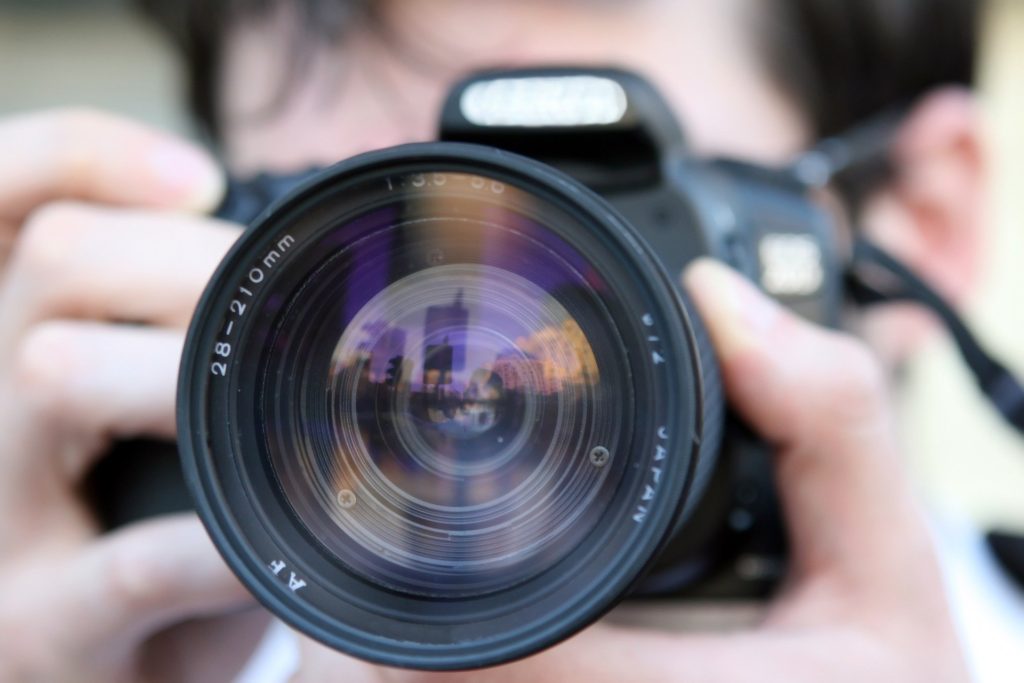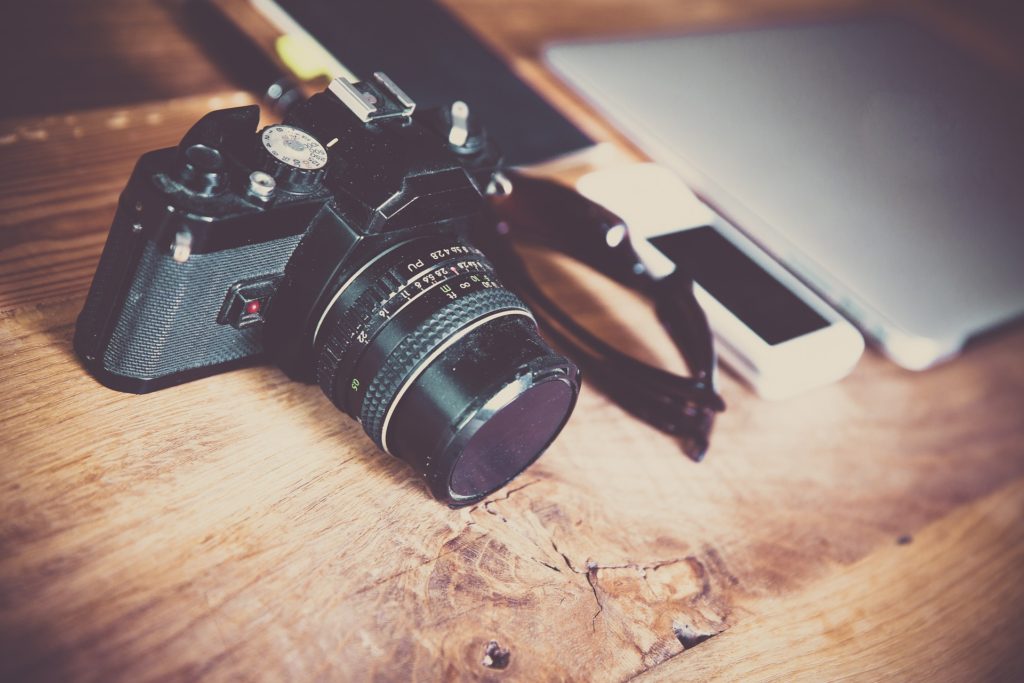In the last decade, photography has evolved in once unimaginable ways. The advent of digital photography and the proliferation of smartphones with built-in cameras has led to an explosion in the number of photos taken each year. But this is just one small part of the story. This blog post will look at some of the other ways photography has changed in the past ten years. We will explore how technology has changed how photographers take pictures and how people view photographs.

A Brief History Of Photography And What Technological Advances It Has Undergone
The history of photography is often said to begin in 1839 when the French artist Louis Daguerre announced the daguerreotype, a new photographic technique. However, the origins of photography date back much further. The first known photograph was taken in 1824 by Joseph Nicéphore Niépce, and over the next few decades, many other photographers continued to experiment with different techniques.
In the 1860s, the introduction of dry plates made it possible to take photos without using a wet collodion process. In 1888, George Eastman introduced roll film, making photography more accessible to amateurs. Since then, photography has undergone many significant changes.
The development of color film in the 1940s and digital cameras in the 1990s has helped to make photography more accessible and versatile than ever before. As we enter the 21st century, photography continues to evolve, with new technologies and applications being developed.
How Digital Photography Has Changed The Industry
Digital photography has revolutionized how photographers work and has presented both new opportunities and new challenges. The ability to instantly view images on a screen rather than waiting to develop rolls of the film has allowed photographers to edit their work carefully, capturing only the best shots. Additionally, digital photography has allowed amateurs to get in on the action, even allowing them to produce fine art.
However, with these advancements have come many new challenges as well. Photographers must now learn how to use complicated programs and technology to get their images from the camera to print or outsource the task entirely. Nonetheless, digital photography has transformed the field of photography and will continue to shape it for years to come.
The Impact Of Social Media On Photography
The advent of social media has had a significant impact on the art of photography. For one thing, it has allowed photographers to reach a much wider audience than ever before. This plays out both online and offline, with skilled practitioners gaining large followings on popular platforms like Instagram or Facebook and building their reputations through word-of-mouth recommendations.
In addition, social media has made it easier for photographers to experiment with new techniques and styles. Platforms like Snapchat or Tumblr encourage users to be creative and expressive, encouraging them to push the boundaries of what is considered “normal” photography. At the same time, however, these platforms also have limitations that subtly affect photographers’ work. For example, some techniques that might have been considered innovative or ground-breaking a decade ago are now commonplace among specific audiences, leading many photographers to seek out newer and more complex techniques to stand out from the crowd.
Overall, then, the impact of social media on photography can be seen as both positive and negative; it has opened up new opportunities for experimentation and resistance while simultaneously limiting creativity in some respects. However, despite these challenges, most professional photographers would agree that social media remains an essential tool for promoting their work and communicating their artistic vision to a

Photography As An Art Form
Photography is an art form that has been embraced by artists and laypeople alike for centuries. What makes this medium so compelling is its ability to capture the essence of a scene or subject in a way that words simply cannot. This can be due to the artist’s technical skill, ability to identify exciting compositions and lighting effects, or even the emotional impact of a particular image.
Within the world of photography, there are endless ways to explore and express creativity, from editing photos in post-production to setting up elaborate shot shoots with professional models and makeup artists. No matter how it’s done, however, photography as an art form is ultimately about finding beauty in the world around us and sharing it with others. From snapshots at a family gathering to portraits shot on the streets of New York City, every photograph has something unique to offer the viewer – and this is what sets it apart as true art.
Final Thoughts
Whether you view photography as a way to capture memories or as an art form, there’s no doubt that it has come a long way in the past decade. And with new technologies and applications being developed all the time, it’s exciting to think about what the next ten years will bring.